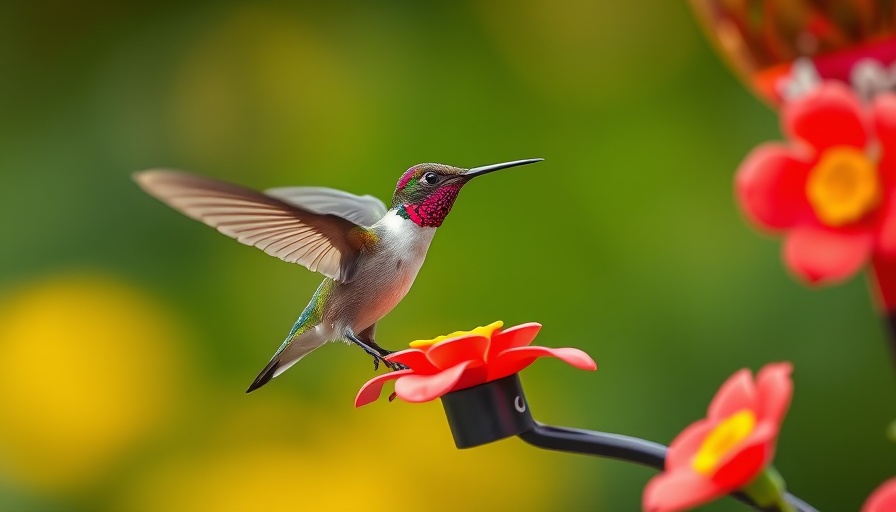
Why Your Raised Bed Vegetables Aren't Thriving
As gardening enthusiasts know, raised bed vegetable gardens offer a myriad of benefits, from enhanced soil quality to a more manageable growing environment. However, many novice gardeners may find themselves perplexed when their crops struggle to flourish. Understanding the specific needs of raised bed gardens is key to successful gardening and achieving a bountiful harvest.
Diagnosing Poor Soil Quality
The cornerstone of any thriving garden is healthy soil. In a raised bed, plants rely entirely on the quality of the soil provided. If the soil lacks essential nutrients or is poorly structured, your vegetable plants may exhibit stunted growth or weak yields. According to horticulturist Spencer Campbell from The Morton Arboretum, it is crucial to use high-quality garden soil when filling your raised beds. Additionally, regular assessments and amendments using compost or fertilizers can be necessary to support the growth of fast-growing annual plants.
Soil Depth: A Crucial Factor
Another common issue that can impact the health of your raised bed vegetables is insufficient soil depth. For deep-rooted plants like carrots or potatoes, having a minimum of 12 to 18 inches of soil is vital. If your raised bed is too shallow, roots may become restricted and lead to poor harvests. To remedy this, consider adding more soil or redesigning your bed to ensure that your roots have adequate space to grow.
Ensuring Proper Drainage
Drainage is critical for maintaining healthy roots in any garden. Raised beds generally allow water to drain away faster than traditional in-ground gardens, but poorly constructed beds can still face issues. DIY raised beds without drainage holes may lead to water pooling, which suffocates roots and promotes rot. It’s beneficial to provide drainage holes in solid-bottom beds, and using a well-draining soil mix can further enhance your plant's health.
Securing Sufficient Sunlight
Adequate sunlight is essential for photosynthesis and fruit production. Ideally, vegetable plants need a minimum of six hours of direct sunlight per day to thrive. Plan your garden layout wisely to take advantage of the sunniest areas in your yard, and remain mindful of shading from nearby trees or structures as seasons change. Assessing the plant placement can be especially crucial earlier in the year before foliage develops overhead.
Avoiding Overcrowding
One of the pitfalls of raised bed gardening is overcrowded planting. When plants are too close together, they compete for limited resources such as nutrients, water, and light, generally leading to reduced growth and poor yields. Moreover, closely spaced plants may result in inadequate airflow, leading to increased humidity and the risk of mildew or disease. Proper spacing is therefore essential to not only promote healthy growth but also to simplify pest management and identification of issues.
The Importance of Crop Rotation
Many gardeners inadvertently fall into the routine of planting the same crops in the same beds annually. This practice can deplete specific soil nutrients and leave crops vulnerable to disease. Implementing crop rotation can enhance soil fertility and diversity, ultimately leading to healthier plants and greater yields in successive growing seasons. Simple strategies include varying families of plants each year and incorporating legumes that fix nitrogen into the soil.
Actions to Take for a Thriving Garden
Having addressed these fundamental challenges, gardeners can ensure they are on the right path to maintaining productive raised bed garden systems. Taking time to analyze and adjust soil conditions, drainage, sunlight exposure, spacing, and crop rotation will greatly amplify your success rate. Through diligence and knowledge application, you will empower your garden to flourish.
It's time to roll up your sleeves and get started on these practical home projects to improve your raised bed garden. Understanding these fundamentals will greatly enhance your gardening experience and yield harvests that can be enjoyed for meals well into the future.
 Add Row
Add Row  Add
Add 



Write A Comment